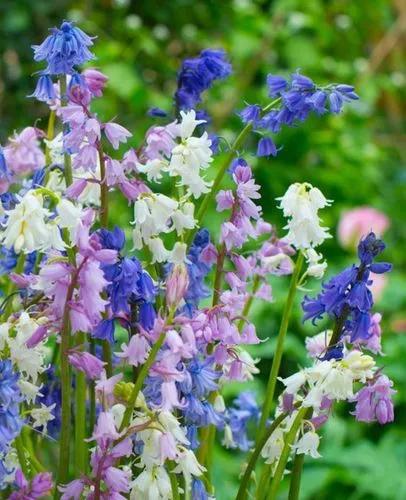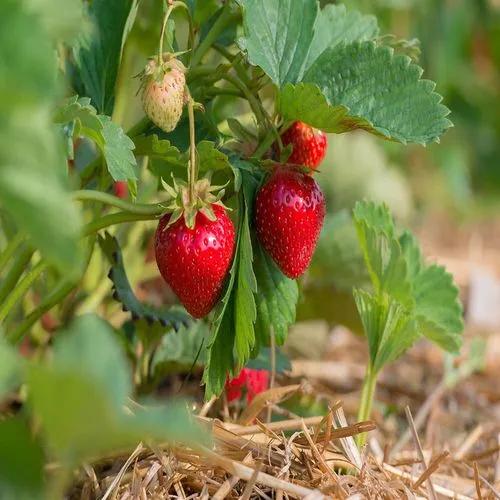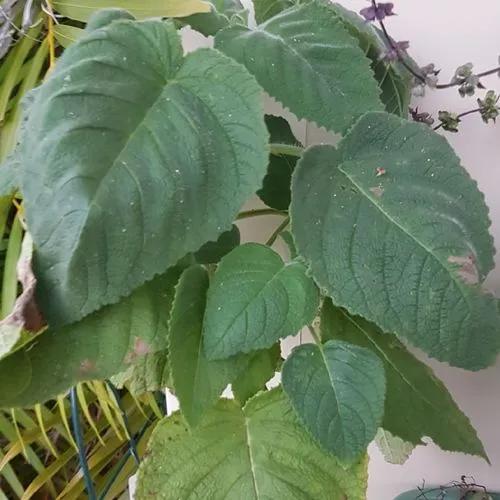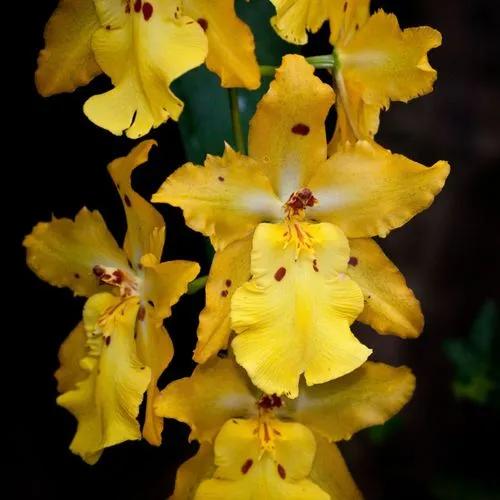Small Scabious is a perennial plant that belongs to the Caprifoliaceae family and is native to many countries in Europe, Africa, and Asia. In its natural environment, the plant can be found on calcareous or sandy soil with few nutrients, but at the same time has sufficient access to the sun due to the fact that there are practically no trees.
Small Scabious Care
Scabiosa columbaria



Scabiosa columbaria can be easily identified by the delicate lavender or purple flowers that appear in summer and autumn and are arranged on slender stems. The flowers have 5 oblong petals, distinguishing the plant from other species.
The plant grows up to 29 in (74 cm) tall and can be up to 20 in (50 cm) wide, making it compact enough to grow indoors. As for the leaves, they have a gray-green color, an oval shape, branched below and thinner above.
How to Care for the Plant

Water

Water the plant once a week with fresh water, and increase the watering to twice a week during the heat. Before watering, ensure that the top layer of the soil has time to dry.

Pruning

In autumn, carefully cut back wilted stems and yellowed leaves to ensure healthy growth and avoid disease.

Fertilizer

Once every two months, use a balanced fertilizer designed for flowering plants.

Sunlight

Provide the plant with bright sun or partial shade by placing it near a bright window or in a bright area.

Soil

Chalky, alkaline, or sandy, well-drained soil is suitable.

Propagation

Select healthy seeds in the spring, then place them in moist, well-drained soil and water regularly.

Temperature

The ideal temperature for the plant is 64-82˚F (18-28°C).

Container

Any containers with one large or several small drainage holes are suitable.

Fun fact

Small Scabious is called a "pincushion" because of the stamens that resemble small pins.

Popularity

874 people already have this plant 168 people have added this plant to their wishlists
Discover more plants with the list below
Popular articles






